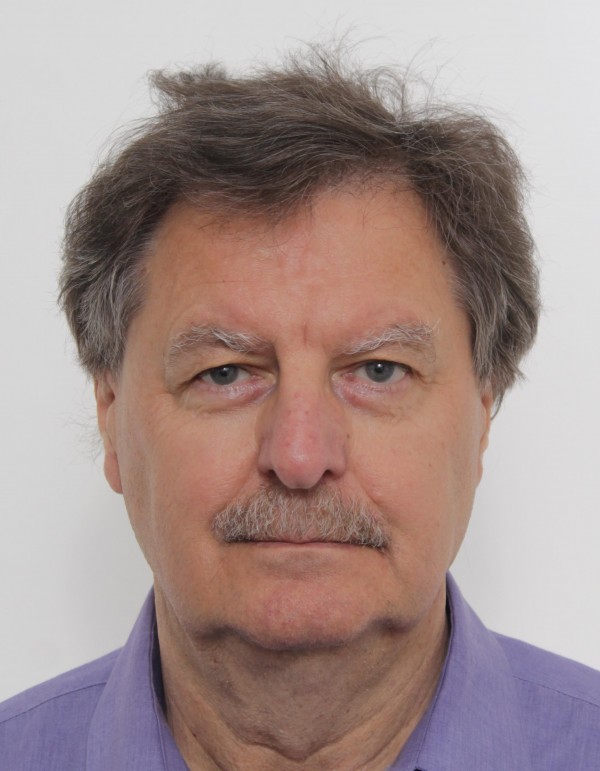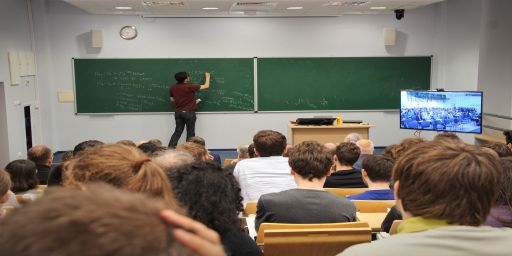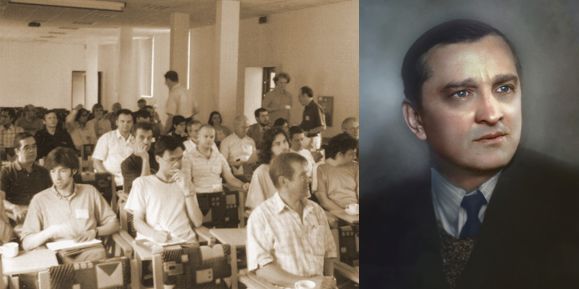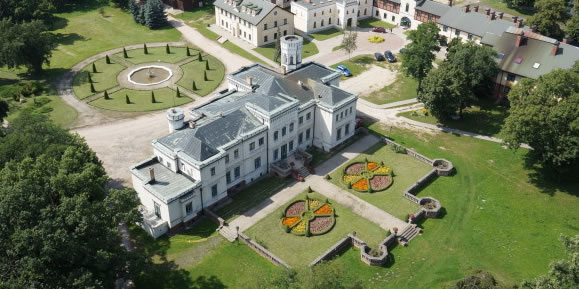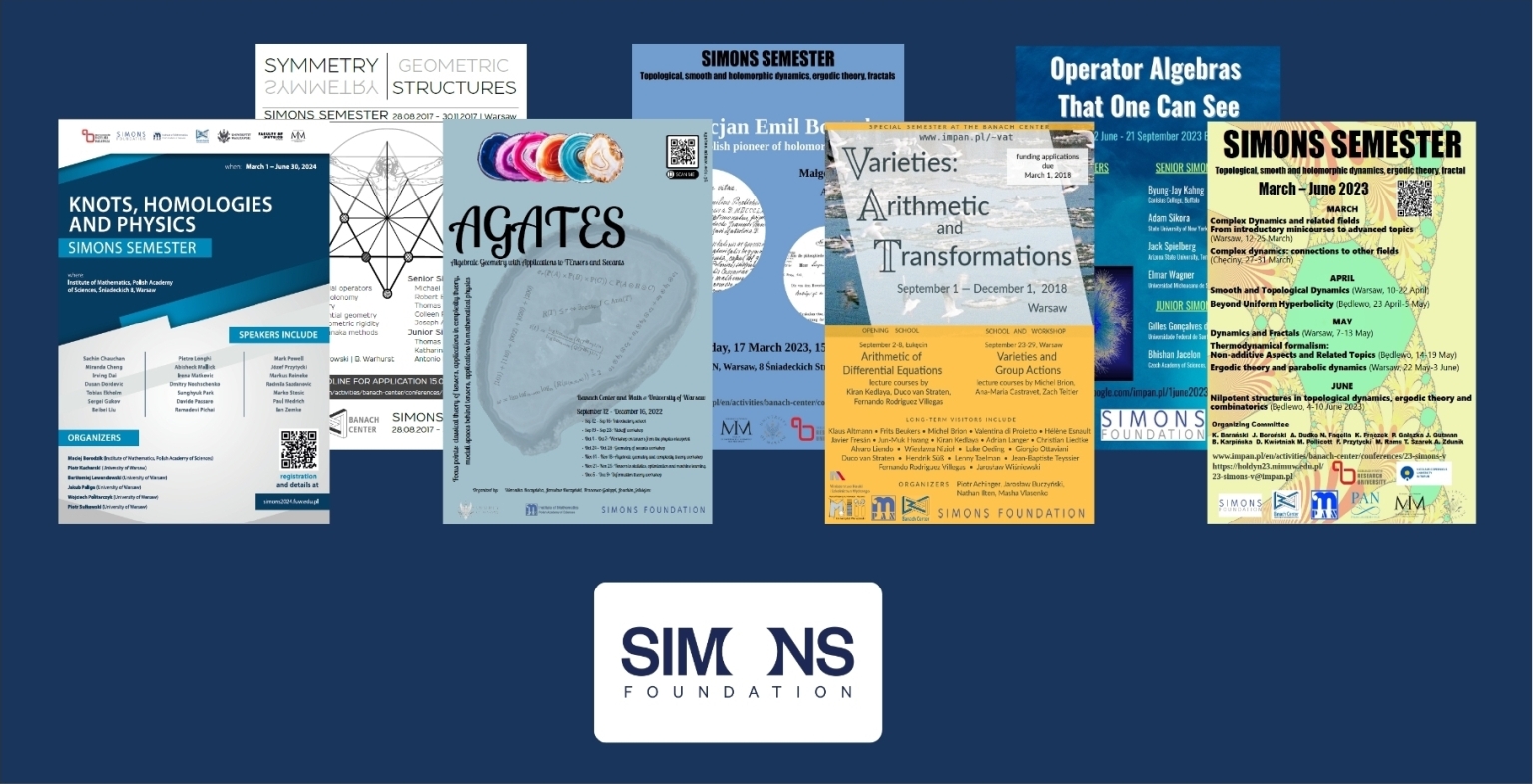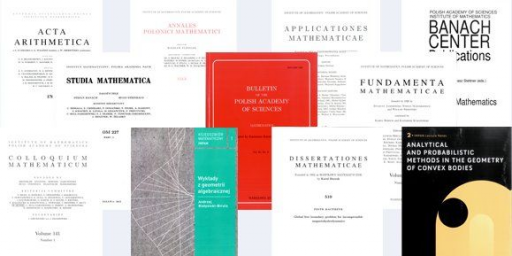28DEC
2023
Prof. Grabowski receives the WEAVE-UNISONO grant
The head of the Polish team, which also includes a senior investigator, a postdoctoral researcher, and a doctoral student, is Prof. Janusz Grabowski. The grant is 36 months long, and the funding awarded by the National Science Center (NCN) for the Polish team is PLN 838,800.
The concept of supergeometry originates from the idea of supersymmetry, born out of the needs of physics. In essence, the unified theory of strong, weak, electromagnetic, and gravitational interactions is formulated in the language of supermanifolds, i.e., Z_2-graded manifolds, where local coordinates are divided into odd (degree 1) and even (degree 0). An elementary example is the super version of the tangent bundle of the manifold M, for which the algebra of smooth functions is the corresponding Grassmann algebra of differential forms on M (1-forms anticommute!). The need for differential calculus with anticommuting variables became clear when physicists discovered that each elementary particle is either a fermion (e.g., electron) or a boson (e.g., photon), and the difference lies in the type of interaction; fermionic fields anticommute, thus that fermions cannot coexist in the same quantum state (Pauli exclusion principle).
If the coordinates, in addition to their parity, are equipped with weight (degree), e.g., an integer number, we speak of graded supermanifolds. Even in standard differential geometry, adding gradation enriches the theory and finds application in various fields. For instance, vector bundles are a simple example of graded manifolds (homogeneous polynomial functions along fibers have an integer degree), and their importance in mathematics and physics, as well as in economics, medicine, etc., cannot be overstated. Our project is dedicated to comprehensive research on such graded (super)manifolds, their various concepts and relationships as well as possible applications. There are many open problems in this field, crucial from the perspective of mathematical analysis, geometry, topology, differential equations, and many areas of physics. 